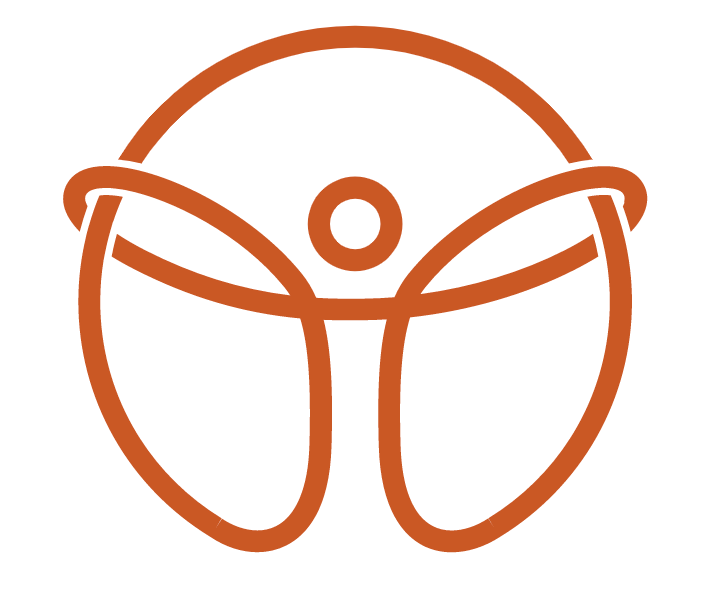Understanding Lateral Hip Pain: Symptoms, Diagnoses, Prognosis and Conservative Treatment Options
In the pursuit of alleviating lateral hip pain, a comprehensive approach often involves not only addressing immediate symptoms but also correcting underlying bio-mechanical issues and muscle imbalances. Alongside active release technique, acupuncture, and chiropractic care, gait retraining and rehabilitation programs focused on strengthening asymmetries play a crucial role in conservative treatment options.
Gait Retraining
Gait retraining involves analyzing and modifying an individual's walking pattern to optimize biomechanics and reduce stress on the hip joint. This process may include:
Bio-mechanical Assessment
A thorough evaluation of the individual's gait pattern to identify any abnormalities or asymmetries that may contribute to lateral hip pain.
Footwear Evaluation
Assessing the individual's footwear to ensure proper support and alignment during walking.
Stride Length and Cadence Modification
Adjusting stride length and cadence to promote more efficient movement patterns and reduce excessive stress on the hip joint.
By addressing dysfunctional movement patterns and optimizing walking mechanics, gait retraining can help reduce strain on the hip joint and alleviate symptoms of lateral hip pain.
Rehabilitation Program Focused on Strengthening Asymmetries
Muscle imbalances and weakness in the hip and surrounding muscles are common contributors to lateral hip pain. A targeted rehabilitation program aimed at strengthening asymmetries can help address these issues and promote optimal function. Key components of such a program may include:
Core Strengthening
Exercises targeting the core muscles, including the abdominals and obliques, to improve stability and support for the hip joint during movement.
Hip Abductor Strengthening
Focus on exercises to strengthen the hip abductor muscles, such as side-lying leg lifts and clamshells, to improve hip stability and reduce strain on the IT band.
Gluteal Strengthening
Emphasis on exercises targeting the gluteus medius and maximus muscles, such as hip bridges and single-leg squats, to address weakness and imbalance.
Functional Movement Training
Incorporating functional movements that mimic activities of daily living to improve overall strength, balance, and coordination.
A structured rehabilitation program tailored to the individual's specific needs and functional goals can help correct muscle imbalances, improve biomechanics, and reduce the likelihood of recurrent lateral hip pain.
In the management of lateral hip pain, a multifaceted approach that includes conservative treatment options such as active release technique, acupuncture, chiropractic care, gait retraining, and rehabilitation programs focused on strengthening asymmetries offers a comprehensive strategy for addressing both symptoms and underlying causes. By combining these interventions, individuals can experience relief from pain, improve function, and enhance their overall quality of life. If you're struggling with lateral hip pain, consulting with a healthcare provider or rehabilitation specialist can help guide you toward an effective treatment plan tailored to your unique needs and goals.

